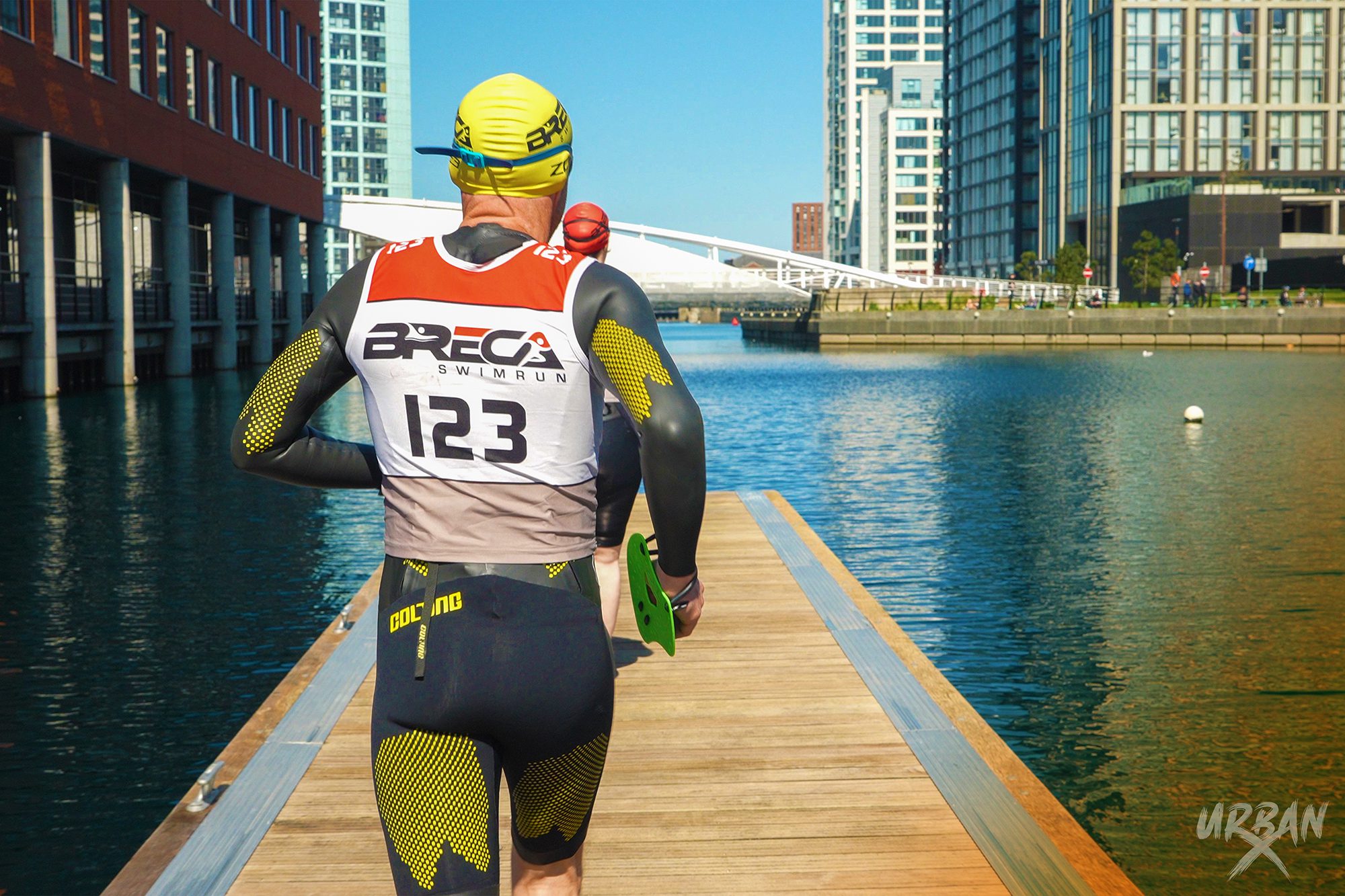
Vertical by name, vertical by nature
“Oh well, it’s only a 5K,” said a runner, sarcastically, contemplating what lay ahead. For this was no ordinary 5K. This was the UK’s first ever Vertical Kilometre (VK), the ultimate test of man versus mountain – in this case, Na Gruagaichean in the Highlands.
For the uninitiated, a VK is an uphill-only time trial. We would be starting at sea level in the relatively midge-free village of Kinlochleven in Lochaber, before climbing to 1,000m in just under 5K. Forming part of the Skyrunning UK Series, the VK was followed on Saturday by the daunting 29K Ring of Steall, before culminating on Sunday in the formidable 55K Glen Coe Skyline.
Following the popular Skyrunning format seen in many ski towns across the continent in summer, the Scotland VK introduced runners from 16 countries to an Alpine classic with a Highland twist. One hundred and sixty competitors gathered at the event hub to begin their challenge, setting off at one-minute intervals in true time-trial fashion.
After cheering on friends and clubmates, my very precise start time of 17:06 was fast approaching. Thankfully the rain had eased as the ‘beep-beep-beep’ of the timing clock signaled the start of a fast and flat charge on the main road through Kinlochleven, with the tarmac soon giving way to rooty and rocky singletrack.
While relatively steep, this section was runnable and I settled into a steady rhythm – before swiftly crashing out of that rhythm and ending up knee-deep in a well-concealed section of bog.
Nevertheless, the steepness and sloppiness of the trail on this first section was a breeze compared to what was to come. After a brief respite on a short section of rough vehicle track, it was time for that Highland twist: heather and bog on the open hillside, taking the direct line to the summit.
By this stage, early-starters were making their way back down the course, which buoyed my effort as those who had just been suffering on the same vicious gradient cheered me on. Some runners were essentially down-climbing in reverse, the wall of heather highlighting the severity of the challenge ahead. While hands-on-knees marching is usually an effective method on steep hillside, here I was forced to adopt more of an all-fours approach, grabbing tufts of heather with my hands while trying desperately to maintain traction by digging into the extremely soft mud with my grippy fell shoes.
It was from this all-fours position that I heard someone shout, “You’re almost on the runnable section.” It was music to my ears, although there was still 300m yet to climb.
With skies clearing, my heart rate soaring and my legs and lungs burning, I tried to turn my attention to the incredible backdrop the slopes of Na Gruagaichen provide: the Mamores and Loch Leven to my left, and Loch Eilde below to the right. Often the suffering of a mountain runner is offset by the spectacular scenery, and there are few better-looking places than the Highlands on a clear evening.

Overall winner Alexis Sévennec
What goes up…
Finally able to stand upright, I hit the last third of the course: the sweeping southern ridge approaching the summit, where the gradient mellowed slightly allowing for a last-gasp effort to reach the finish, clambering over the rough, technical boulders so prominent throughout the Mamores.
Topping out at 1,056m in a time of 50:18, it was time to layer up and venture back down to sea level. As with any trip up to the summit of a mountain, reaching the top is only half the journey. The return journey down the steep, boggy hillside led to several slips and much sliding on my backside.
The Scottish mix of mud and heather didn’t stop European domination in the men’s race, with French athlete Alexis Sévennec narrowly edging out Norway’s Skyrunning VK World Champion Stian Angermund-Vik by eight seconds, with another French athlete, François Gonon, rounding off the podium. It was the British ladies who took control of the podium, with Georgia Tindley taking the title, followed closely by Stephanie Provan and Zoe Procter.
The inaugural event was a resounding success. And with plenty of peaks over 1,000m throughout the UK, perhaps the ringing of cowbells on the hillside can become a regular fixture on the mountain running calendar.






